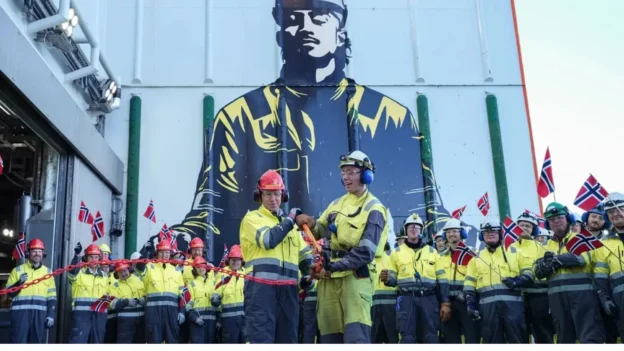With a ceremony led by the Minister of Energy, Terje Aasland, Norway officially inaugurated the Johan Castberg field, which is considered to be the world’s largest offshore oil field offshore oil field the country’s northernmost offshore oil field. The event brought together representatives of Equinor, Petoro and Vår Energi, as well as local authorities. Located 240 kilometers offshore, the field has a floating production unit connected to a complex subsea network of 30 wells.
Johan Castberg reaches maximum production in record time
In less than three months since start-up, Johan Castberg has reached its maximum extraction potential. Shipments depart frequently from Hammerfest and each can represent revenues in excess of NOK 500 million, depending on the market. The infrastructure directly benefits local communities with sustained employment and logistical services.
The operation is managed from Equinor’s Harstad office with logistical, air and sea support. Drilling is expected to continue until 2026 and extend regional activity for at least three decades. Ninety-five percent of the contracted services come from Norwegian suppliers, underlining the multiplier effect for the national economy.
Geostrategic and exploratory significance
The Barents Sea area is consolidating its position as a mainstay of Norwegian offshore production. Norwegian offshore production. Johan Castberg is the second largest field in the region and its development represents a base for future exploration campaigns. Recent discoveries strengthen this perspective, expanding Norway’s relevance as a reliable energy exporter.
Johan Castberg belongs to a consortium led by Equinor (46.3%), followed by Vår Energi (30%) and Petoro (23.7%). Its start-up is the result of planning that began more than a decade ago, with key discoveries between 2011 and 2014. It now represents a key asset in the country’s energy strategy.
Source and photo: Equinor

